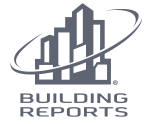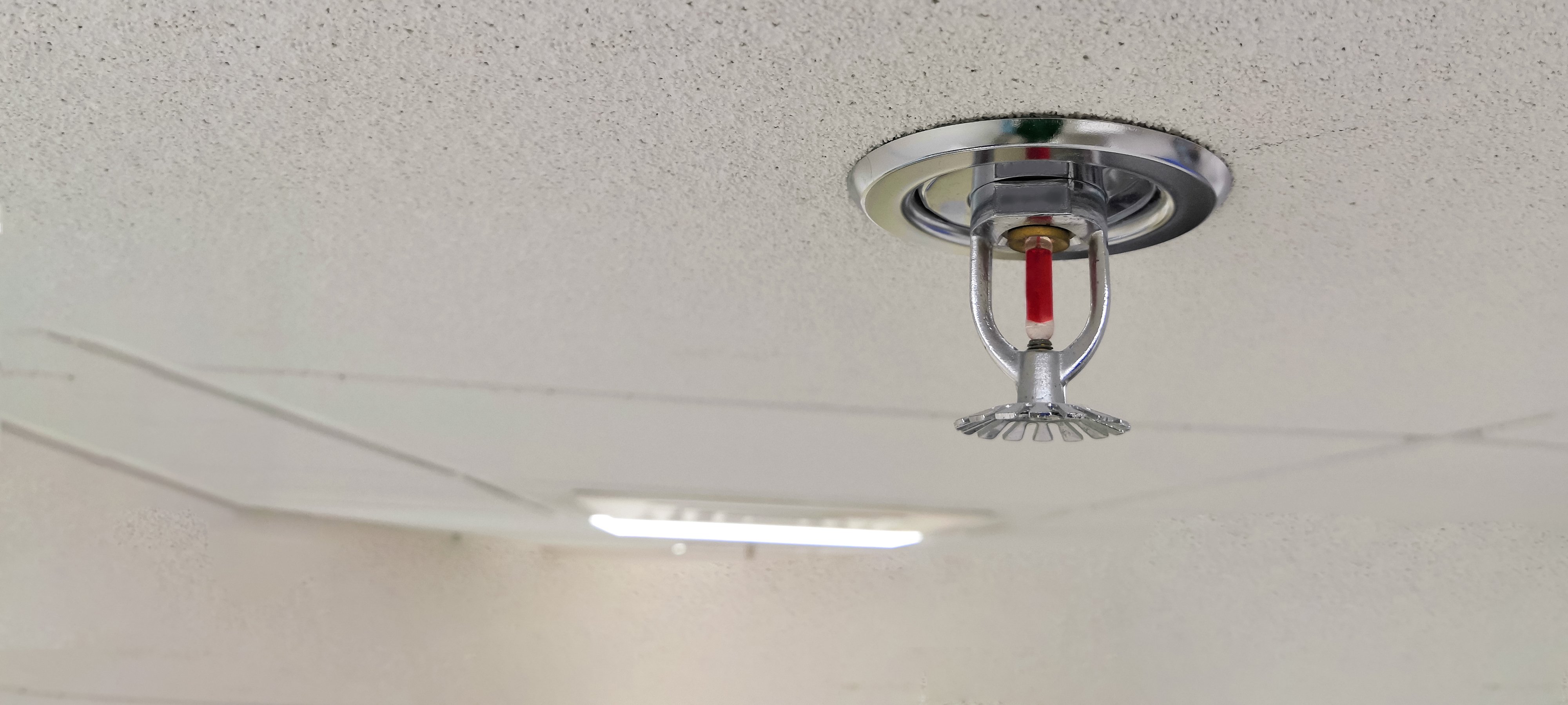Did you know that your antifreeze can make a fire much worse?
Many fire sprinkler systems currently contain antifreeze ingredients made up of glycerin and propylene glycol, accelerating a fire when activated.
This critical safety issue is why the NFPA fire sprinkler standards require those with antifreeze systems to use an agency-listed antifreeze.
NFPA standards require that glycerin and propylene glycol antifreeze solutions used in existing wet sprinkler systems be replaced with a factory premixed agency-listed antifreeze solution by September 30, 2022.
First, some background information.
NFPA-25 is the standard for inspection, testing, and maintenance of water-based fire protection systems in life safety. Authorities Having Jurisdictions (AHJs) require commercial businesses and properties to follow strict adherence to NFPA-25.
Often, particularly in northern climates, wet sprinkler systems made of metal or CPVC must remain above 40 degrees Fahrenheit to prevent cracks, leaks, pressure drops, or other severe damage to piping caused by freezing. Traditional antifreeze solutions made up of glycerin and propylene glycol has been the industry standard for many years. Even though they are both combustibles, these chemicals have been used effectively when the ingredients were adequately mixed with the correct proportion prescribed by manufacturers and NFPA-13.
However, this all changed back in 2009 when a fire sprinkler system containing glycerin-based antifreeze intensified a cooking fire rather than suppressing it, which resulted in multiple severe injuries and a fatality. Experts learned that the antifreeze concentration was extremely high, causing the fire to explode once the sprinkler system was triggered. Another fire at a resort had a similar instance that resulted in over a dozen people being injured due to high amounts of propylene glycol in the sprinkler systems antifreeze solutions. Events like these caused the NFPA to study the use of antifreeze for fire protection and eventually led to emergency changes for the standards in 2014.
Now, there is a solution.
After extensive research conducted by NFPA and Underwriters Laboratories (UL), NFPA requirements state that all commercial antifreeze systems (for new and existing systems) must use a premixed, agency-listed antifreeze solution that also addresses the life safety issues associated with antifreeze use as of September 30, 2022.
Fire Equipment Inc. (FEI) has partnered with UL suppliers to provide customers with premier solutions for their antifreeze in all wet fire sprinkler systems. The new UL antifreeze solutions delivers the safety, performance, and assurance you can rely on in temperatures as low as -26 degrees Fahrenheit. It is:
- Formulated with superior corrosion inhibitor compared to listed alternatives, effectively reducing pipe corrosion by 65%.
- UL-listed, factory premixed, and meets new standard requirements (NFPA-13, 13R, 13D, and 25)
Combined with FEI's team of expert technicians, we can ensure your fire sprinkler system will be safe and effective in the event of a fire.


